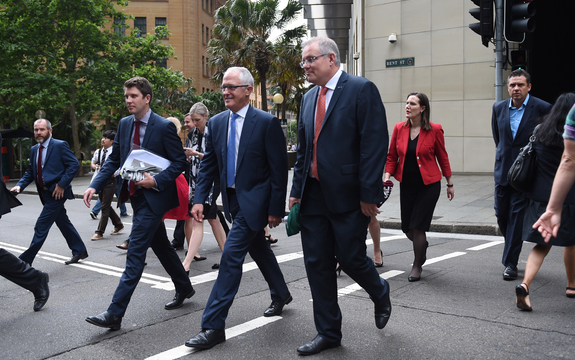The ideas boom – where to from here on?

In Summary
- Analysis for The Conversation by Professor Beth Webster, Swinburne University of Technology
The Commonwealth Government has quite wisely recognised Australia’s long-term prosperity is unlikely to rely on our traditional areas of excellence. The exporting days for coal are numbered; easy power from open-cut mining may be out-priced by renewables; and even the market for iron ore may be challenged in the coming decades by new materials such as carbon fibre.
Generating robust and sizeable alternative forms of comparative advantage will be neither quick nor straightforward. It will take decades. But the first steps need to be taken.
Successive ministers of industry (Brumby, Carr and others) have made serious attempts to support new industries and technologies but the mantle has not been carried on by their successors with equal vigour. I suggest that part of the issue lies with the scepticism over the role of governments in supporting business development and the other lies in the fact that productivity, especially long term productivity, is not in the political spotlight. It is simply not up with superannuation, childcare, aged pensions, health and education as an electoral issue.
The push back in many policy sections of government comes from a lack of clear theory. How can anyone assist businesses, who are after all the font of all wisdom for what is best for the country? The theorists have the arguments all sewn up: businesses harness information from the multitude of potential consumers and workers (i.e. the market) and calculate the best way to maximise the wellbeing of the nation through efficient production. Government bureaucrats from Canberra and elsewhere can only interfere with and lessen this perfect outcome.
This situation reminds me of the debate in the 1930s about cures for the depression. Common sense said the government should expand demand (funded by monetary expansion which meant going off the gold standard) but the theory said reduce wages and cut government spending. In 1931, Australia cut public spending by 20% and slashed pensions, unemployment payments and public sector wages. Clearly, this did not work as the depression worsened. It was not until the publication in 1936 of Keynes’s General Theory that the tide of opinion among public policy leaders shifted. Although the evidence was that government demand expansion worked – think here of the New Deal in the USA – evidence only sways some people some of the time. It took the deductive logic and clear prose of Keynes to shift the large rump of opinion.
Current thought about industry programs is a parallel situation. We do not have the clinching argument for why government interference in the perfect market will lead to better long-run outcomes. However, we have plenty of examples where it has worked. Think here of the substantial support for Silicon Valley from the US Department of Defense since WWII; the German Fraunhofer Institutes; or the Korean industry industrial clusters program.
Unfortunately, Australia is still in the “I believe in theory” camp. Aside from small glimmers from initiatives such as the precincts program (which has been watered down to “growth centres”) and the recent “ideas boom”, our combined public spending on programs to support business R&D and innovation is about one third that of most developed countries. Programs need to be evaluated and the successful ones need to be scaled up. This does not seem to be happening.
We still don’t have the elegant theory for why public innovation programs seem to work (read Rosenberg’s Exploring the Black Box or Mowery and Rosenberg’s Paths of Innovation). I believe it lies in the ability of an economy to triangulate business information in a way that re-risks the commercial environment and gives business the confidence to innovate. But that is another story.
Written by Elizabeth Webster, Director, Centre for Transformative Innovation, Swinburne University of Technology. This article was originally published on The Conversation. Read the original article.

